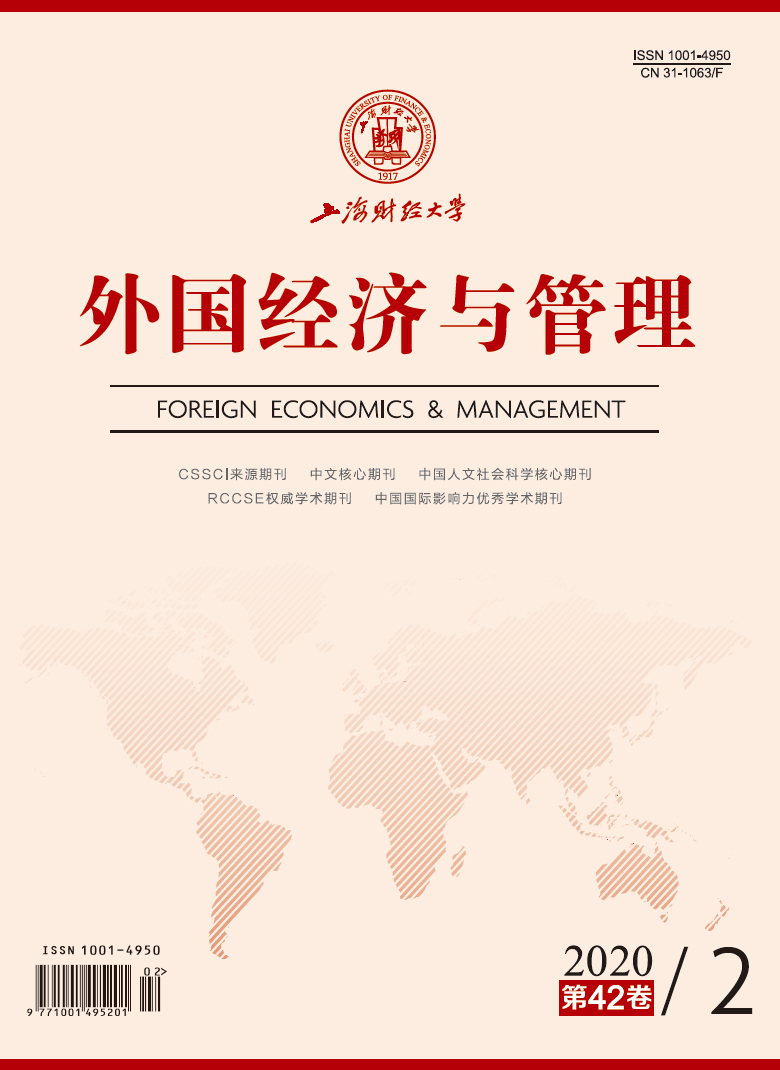[1] Li B Z, Wei S M. The effect of presentation format for consumer responses: Evidence from eye movements[J]. Acta Psychologica Sinica, 2018, 50(1): 69-81.
[2] Wen S S, Li D J, Zheng X Y. The persuasion of advertising on consumers: The interaction of message framing and consumers’ loneliness[J]. Chinese Journal of Management, 2017, 14(2): 87-96.
[3] Wu S L, Hong R Y, Jiang L X, et al. Direct expression or indirect transmission? An empirical study on the impacts of metaphors and consumer’s involvement level on advertising[J]. Management Review, 2017, 29(9): 133-142.
[4] Alter A L, Oppenheimer D M. Effects of fluency on psychological distance and mental construal (or why New York is a large city, but New York is a civilized jungle)[J]. Psychological Science, 2008, 19(2): 161-167.
[5] Armstrong J S. Persuasion through advertising: A summary of principles[EB/OL]. http://www.Fourps.Wharton.Upeen.Edu/advertising/advertisingprincples%20list.html, 2000.
[6] Bandura A. Self-efficacy mechanism in human agency[J]. American Psychologist, 1982, 37(2): 122-147.
[7] Camacho C J, Higgins E T, Luger L. Moral value transfer from regulatory fit: What feels right is right and what feels wrong is wrong[J]. Journal of Personality and Social Psychology, 2003, 84(3): 498-510.
[8] Carmody T P, Vieten C, Astin J A. Negative affect, emotional acceptance, and smoking cessation[J]. Journal of Psychoactive Drugs, 2007, 39(4): 499-508.
[9] Cesario J, Grant H, Higgins E T. Regulatory fit and persuasion: Transfer from “feeling right”[J]. Journal of Personality and Social Psychology, 2004, 86(3): 388-403.
[10] Choi H J, Krieger J L, Hecht M L. Reconceptualizing efficacy in substance use prevention research: Refusal response efficacy and drug resistance self-efficacy in adolescent substance use[J]. Health Communication, 2013, 28(1): 40-52.
[11] Han D, Duhachek A, Agrawal N. Coping and construal level matching drives health message effectiveness via response efficacy or self-efficacy enhancement[J]. Journal of Consumer Research, 2016, 43(3): 429-447.
[12] Higgins E T. Making a good decision: Value from fit[J]. American Psychologist, 2000, 55(11): 1217-1230.
[13] Janiszewski C, Kuo A, Tavassoli N T. The influence of selective attention and inattention to products on subsequent choice[J]. Journal of Consumer Research, 2013, 39(6): 1258-1274.
[14] Kees J, Burton S, Tangari A H. The impact of regulatory focus, temporal orientation, and fit on consumer responses to health-related advertising[J]. Journal of Advertising, 2010, 39(1): 19-34.
[15] Keller P A. Regulatory focus and efficacy of health messages[J]. Journal of Consumer Research, 2006, 33(1): 109-114.
[16] Labroo A A, Patrick V M. Psychological distancing: Why happiness helps you see the big picture[J]. Journal of Consumer Research, 2009, 35(5): 800-809.
[17] Lee A Y, Keller P A, Sternthal B. Value from regulatory construal fit: The persuasive impact of fit between consumer goals and message concreteness[J]. Journal of Consumer Research, 2010, 36(5): 735-747.
[18] Liberman N, Trope Y. The role of feasibility and desirability considerations in near and distant future decisions: A test of temporal construal theory[J]. Journal of Personality and Social Psychology, 1998, 75(1): 5-18.
[19] Malaviya P, Sternthal B. Parity product features can enhance or dilute brand evaluation: The influence of goal orientation and presentation format[J]. Journal of Consumer Research, 2009, 36(1): 112-121.
[20] Mayer N D, Tormala Z L. “Think” versus “feel” framing effects in persuasion[J]. Personality and Social Psychology Bulletin, 2010, 36(4): 443-454.
[21] Milne S, Sheeran P, Orbell S. Prediction and intervention in health-related behavior: A meta-analytic review of protection motivation theory[J]. Journal of Applied Social Psychology, 2000, 30(1): 106-143.
[22] Pieters R, Wedel M. Attention capture and transfer in advertising: Brand, pictorial, and text-size effects[J]. Journal of Marketing, 2004, 68(2): 36-50.
[23] Preacher K J, Rucker D D, Hayes A F. Addressing moderated mediation hypotheses: Theory, methods, and prescriptions[J]. Multivariate Behavioral Research, 2007, 42(1): 185-227.
[24] Sagristano M D, Trope Y, Liberman N. Time-dependent gambling: Odds now, money later[J]. Journal of Experimental Psychology: General, 2002, 131(3): 364-376.
[25] Schwarz N, Clore G L. Mood, misattribution, and judgments of well-being: Informative and directive functions of affective states[J]. Journal of Personality and Social Psychology, 1983, 45(3): 513-523.
[26] Schwarzer R, Renner B. Social-cognitive predictors of health behavior: Action self-efficacy and coping self-efficacy[J]. Health Psychology, 2000, 19(5): 487-495.
[27] Singh S N, Lessig V P, Kim D, et al. Does your ad have too many pictures?[J]. Journal of Advertising Research, 2000, 40(1-2): 11-27.
[28] Spassova G, Lee A Y. Looking into the future: A match between self-view and temporal distance[J]. Journal of Consumer Research, 2013, 40(1): 159-171.
[29] Stanley M A, Maddux J E. Cognitive processes in health enhancement: Investigation of a combined protection motivation and self-efficacy model[J]. Basic and Applied Social Psychology, 1986, 7(2): 101-113.
[30] Strecher V J, McEvoy DeVellis B, Becker M H, et al. The role of self-efficacy in achieving health behavior change[J]. Health Education Quarterly, 1986, 13(1): 73-92.
[31] Trope Y, Liberman N. Temporal construal and time-dependent changes in preference[J]. Journal of Personality and Social Psychology, 2000, 79(6): 876-889.
[32] Trope Y, Liberman N. Temporal construal[J]. Psychological Review, 2003, 110(3): 403-421.
[33] Trope Y, Liberman N. Construal-level theory of psychological distance[J]. Psychological Review, 2010, 117(2): 440-463.
[34] Trope Y, Liberman N, Wakslak C. Construal levels and psychological distance: Effects on representation, prediction, evaluation, and behavior[J]. Journal of Consumer Psychology, 2007, 17(2): 83-95.
[35] Wang J, Lee A Y. The role of regulatory focus in preference construction[J]. Journal of Marketing Research, 2006, 43(1): 28-38.
[36] Witte K. Putting the fear back into fear appeals: The extended parallel process model[J]. Communication Monographs, 1992, 59(4): 329-349.
[37] White K, MacDonnell R, Dahl D W. It’s the mind-set that matters: The role of construal level and message framing in influencing consumer efficacy and conservation behaviors[J]. Journal of Marketing Research, 2011, 48(3): 472-485.





 , 1
, 1 10136
10136  5225
5225

